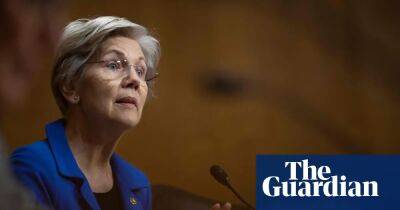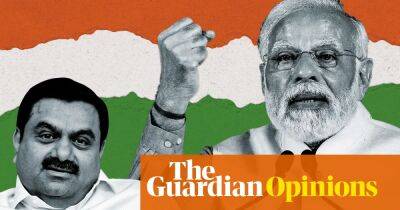India is a big global player – but there are problems it must tackle
I ndia is poised to become the world’s most important country in the medium term. It has the largest population (which is still growing), and with a per-capita GDP that is just one-quarter that of China’s, its economy has enormous scope for productivity gains. Moreover, India’s military and geopolitical importance will only grow, and it is a vibrant democracy whose cultural diversity will generate soft power to rival the US and the UK.
One must credit the Indian prime minister, Narendra Modi, for implementing policies that have modernised India and supported its growth. Specifically, Modi has made massive investments in the single market (including through de-monetisation and tax reform) and infrastructure (not just roads, electricity, education and sanitation, but also digital capacity). These investments – with industrial policies to accelerate manufacturing, a comparative advantage in tech and IT, and a customised digital-based welfare system – have led to robust economic performance after the Covid-19 slump.
Yet the model that has driven India’s growth now threatens to constrain it. The main risks to its development prospects are more micro and structural than macro or cyclical. First, India has moved to an economic model where a few “national champions” – effectively large private oligopolistic conglomerates – control significant parts of the old economy. This resembles Indonesia under Suharto (1967-98), China under Hu Jintao (2002-12), or South Korea in the 1990s under its dominant chaebols.
In some ways, this concentration of economic power has served India well. Owing to superior financial management, the economy has grown fast, despite investment rates (as a share of GDP) that were much lower than China’s. The
Read more on theguardian.com




![Analyzing weekly performance of Decentraland [MANA], and SAND - ambcrypto.com - city Sandbox](https://finance-news.co/storage/thumbs_400/img/2023/3/20/60658_cfmo.jpg)










![Solana [SOL]: Bulls and bears tussle for this key level - ambcrypto.com - city Santiment - Beyond](https://finance-news.co/storage/thumbs_400/img/2023/3/19/60643_sls.jpg)

